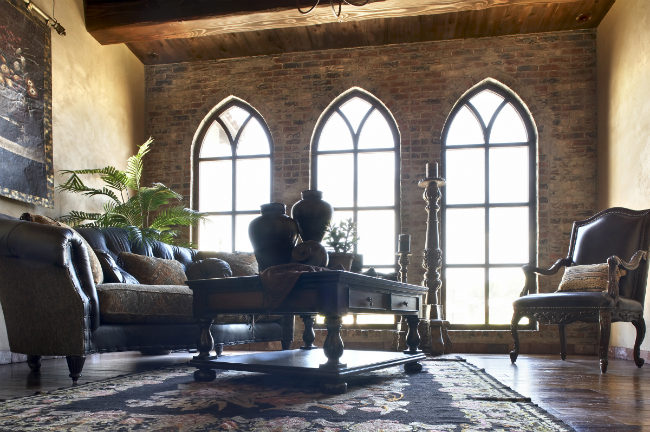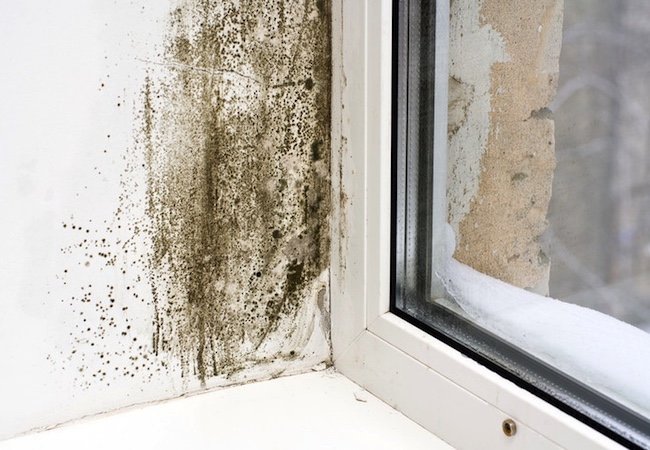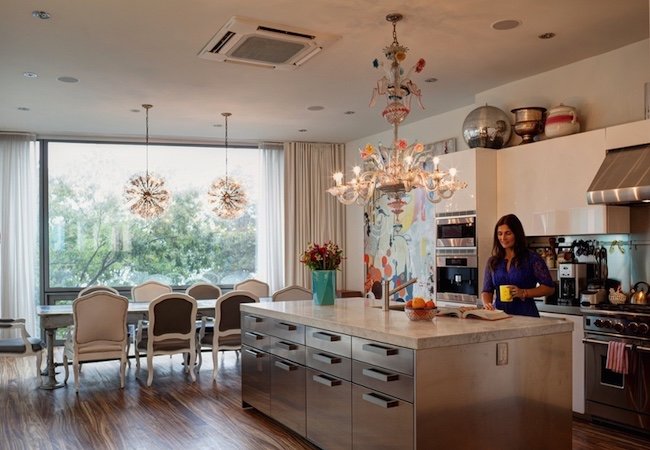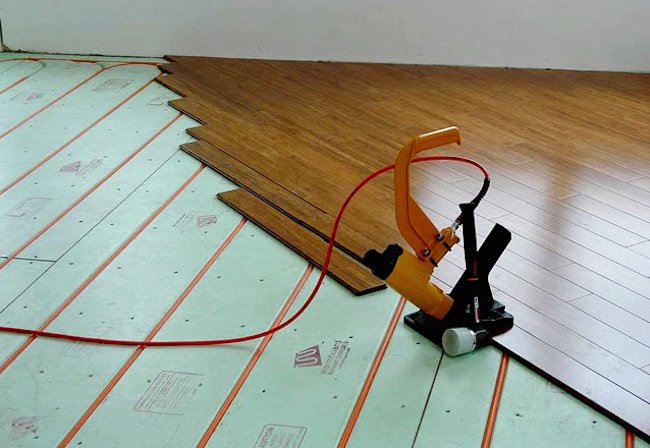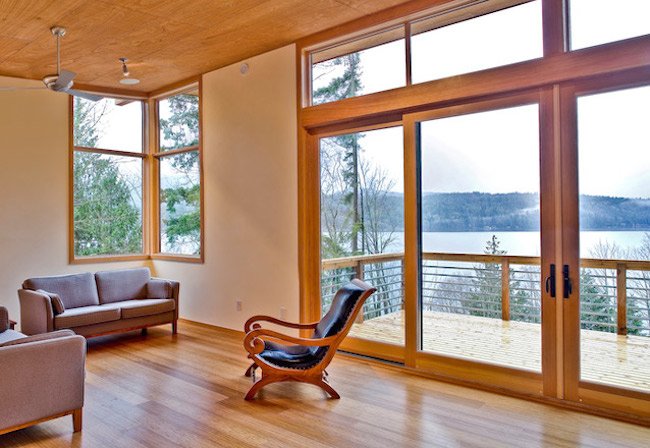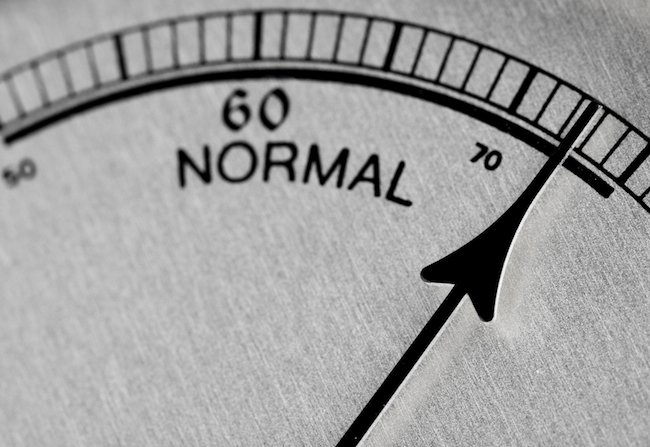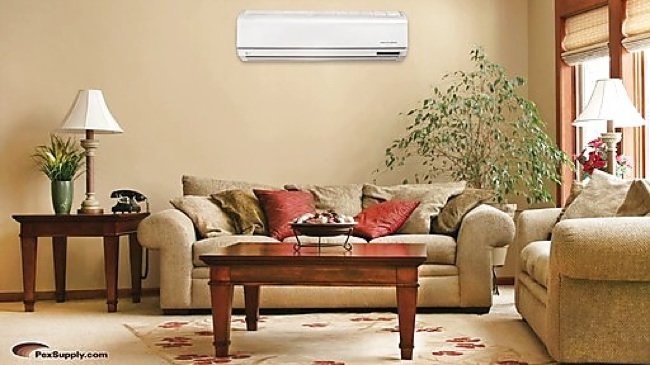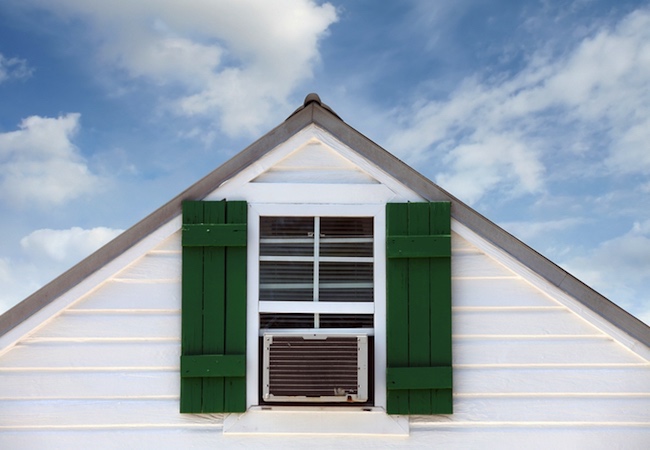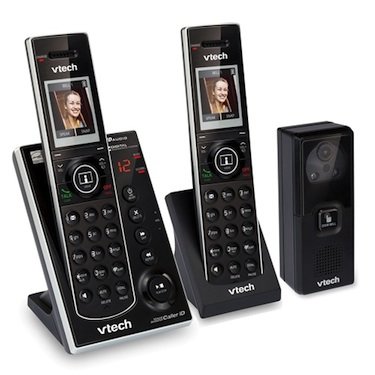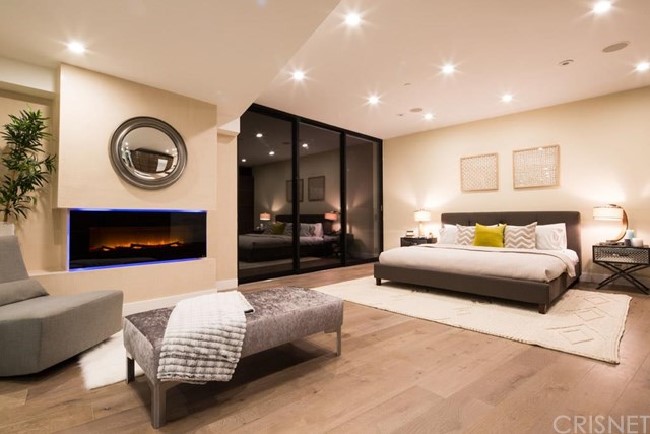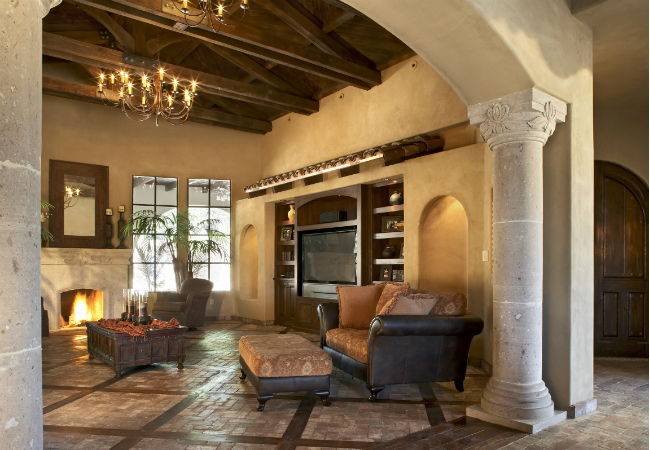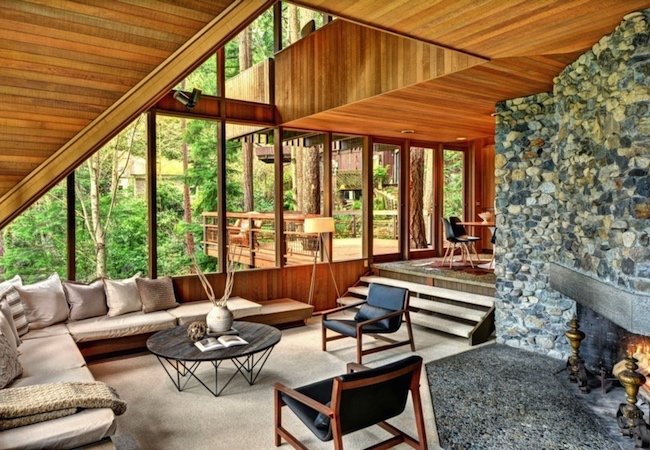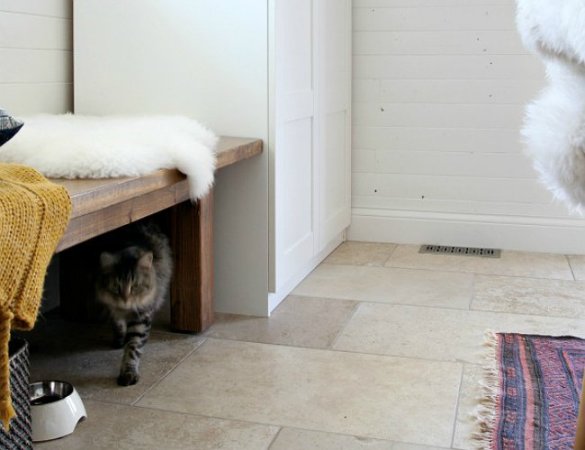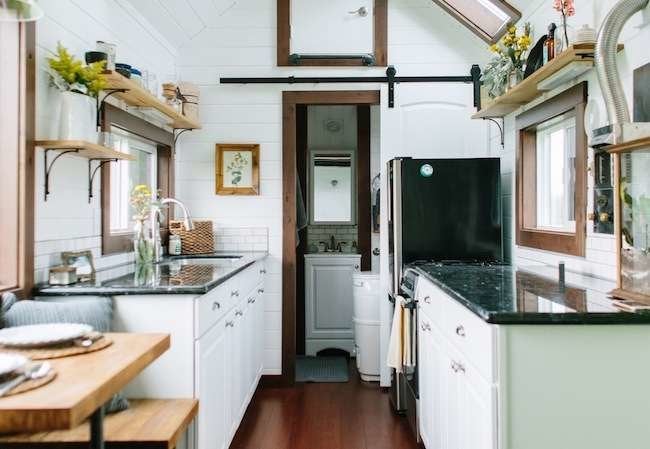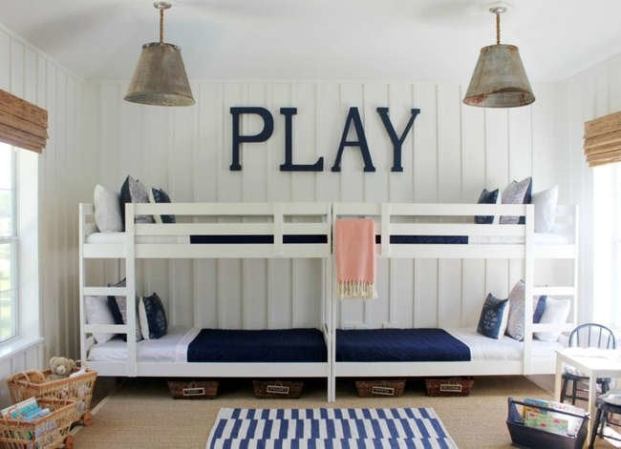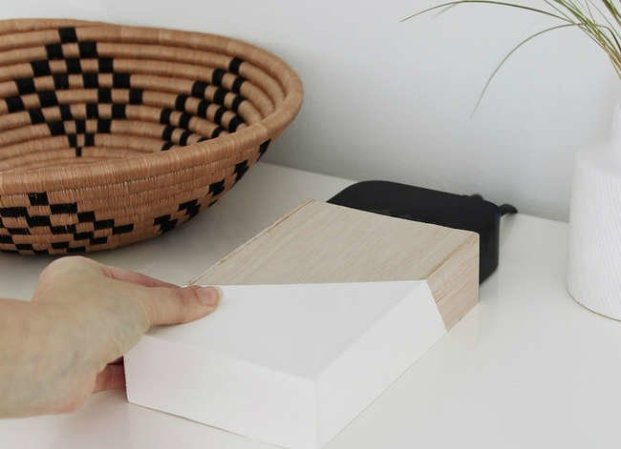We may earn revenue from the products available on this page and participate in affiliate programs. Learn More ›
Having once lived in a charming and historically significant Victorian home, I’m quite familiar with the compromises those old houses require. Built in 1870, ours was one of the first to adopt Edison’s newfangled electric lights, and it still had the original knob-and-tube wiring throughout its three stories. Just as electricity was an afterthought, so were heating and air conditioning. The house was designed to be heated by its numerous fireplaces, which had mostly been replaced with cast-iron radiators. But air conditioning? Forget about it! At the time, our only relief from the sweltering summers were a bunch of bulky, noisy, energy-gobbling window units that detracted from the aesthetic appeal of the house and impinged upon the lovely natural light from the eight-foot-tall windows.
Anyone who falls in love with an older or architecturally sensitive house faces a similar conundrum: How do you achieve up-to-date comfort and convenience in cooling and heating without compromising the architectural integrity of the structure? The most popular and prevalent HVAC systems in America—central air conditioning and forced-air heating—often rely on a network of bulky air ducts that are tough to incorporate into an existing home. In the past, retrofitting central air conditioning into an older home meant hiring a pricey contractor to open up walls, ceilings, and floors to route the system from room to room. Adding insult to injury, the rigid, unwieldy ductwork often takes up more space than the gaps in your walls and ceilings can accommodate, necessitating soffits, chases, and dropped ceilings that steal space from the home’s interior. In the end, to keep your family comfortable, you compromise the overall appearance and aesthetics that made you fall in love with your older home in the first place.
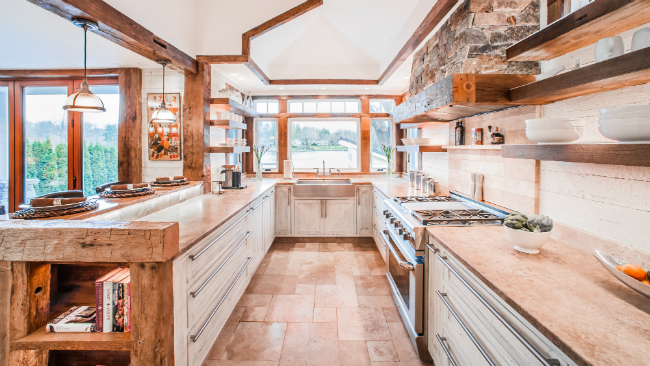
Nearly Invisible HVAC
Fortunately, there is an innovative and viable alternative to both conventional HVAC systems and inefficient window units: A newer technology known as high-velocity mini-duct HVAC allows cooling and heating to blend unobtrusively into the interior design without marring historic charm. The low-profile and versatile Unico System distributes comfort through cylindrical ducts that measure merely two to two and a half inches in diameter. Small and flexible, these mini ducts easily slide in behind walls and snake around and between joists where traditional metal ducting cannot fit, eliminating the need for altering your home in any significant way. The Unico System also features highly efficient air handling units that are compact enough to fit into tight spaces but deliver up to three times as much cooling power as larger, conventional units.
The rest of the system is just as inconspicuous. While most traditional HVAC systems rely on a variety of unsightly components—radiators, baseboard units, large metal vents—the Unico System maintains the attractive design aesthetics of your home by squeezing even its “big” pieces into the existing walls, and connecting to small, discreet outlets. The parts you do see—either 5-inch round or 8-by-1/2-inch slotted vents—can even be painted or stained to make them blend even further into the room’s overall design scheme. Meanwhile, the system’s whisper-quiet operation will preserve the peaceful charm of your old house, thanks to Unico’s impressive insulation: The mini ducts are constructed with nylon inner cores that muffle the movement of air, and the air handlers are housed within a cloak of closed-cell, sound-deadening insulation.
Advanced Comfort and Convenience
By opting for a high-velocity mini-duct HVAC in an older home, you’re not just bringing the place up to date, you’re also priming it for the future with cutting-edge energy efficiency. Whereas conventional HVAC installations can lose energy—as much as 25 to 50 percent—through typically leaky ductwork, the insulated mini ducts in the Unico System keep thermal loss close to none. Additionally, the system helps you lower your utility bills even further by removing 30 percent more humidity from the air than a conventional central air-conditioning system does, making the house comfortable even with the thermometer set slightly higher.
This combination of flexibility, painless installation, and advanced energy efficiency has made the Unico System the go-to retrofit for numerous historic and architecturally significant homes across the country, including the Ernest Hemingway Home & Museum and the Harry S. Truman Little White House, both located in Key West, Florida; President Lincoln’s Cottage in Washington, D.C., his seasonal residence; the Petersen House in Washington, D.C., where Lincoln died after being shot at Ford’s Theatre; and the 277-year-old Orrin Hoadley House of Branford, Connecticut, an architectural gem built decades before the United States was even a country. So, if you are looking to add comfort and value to your older home, consider choosing an option that has been vetted by the National Park Service and has garnered the approval of architectural review boards in communities across the country. If it’s good enough for a presidential residence, isn’t it the right choice for your own palace?
This article has been brought to you by Unico. Its facts and opinions are those of BobVila.com.

